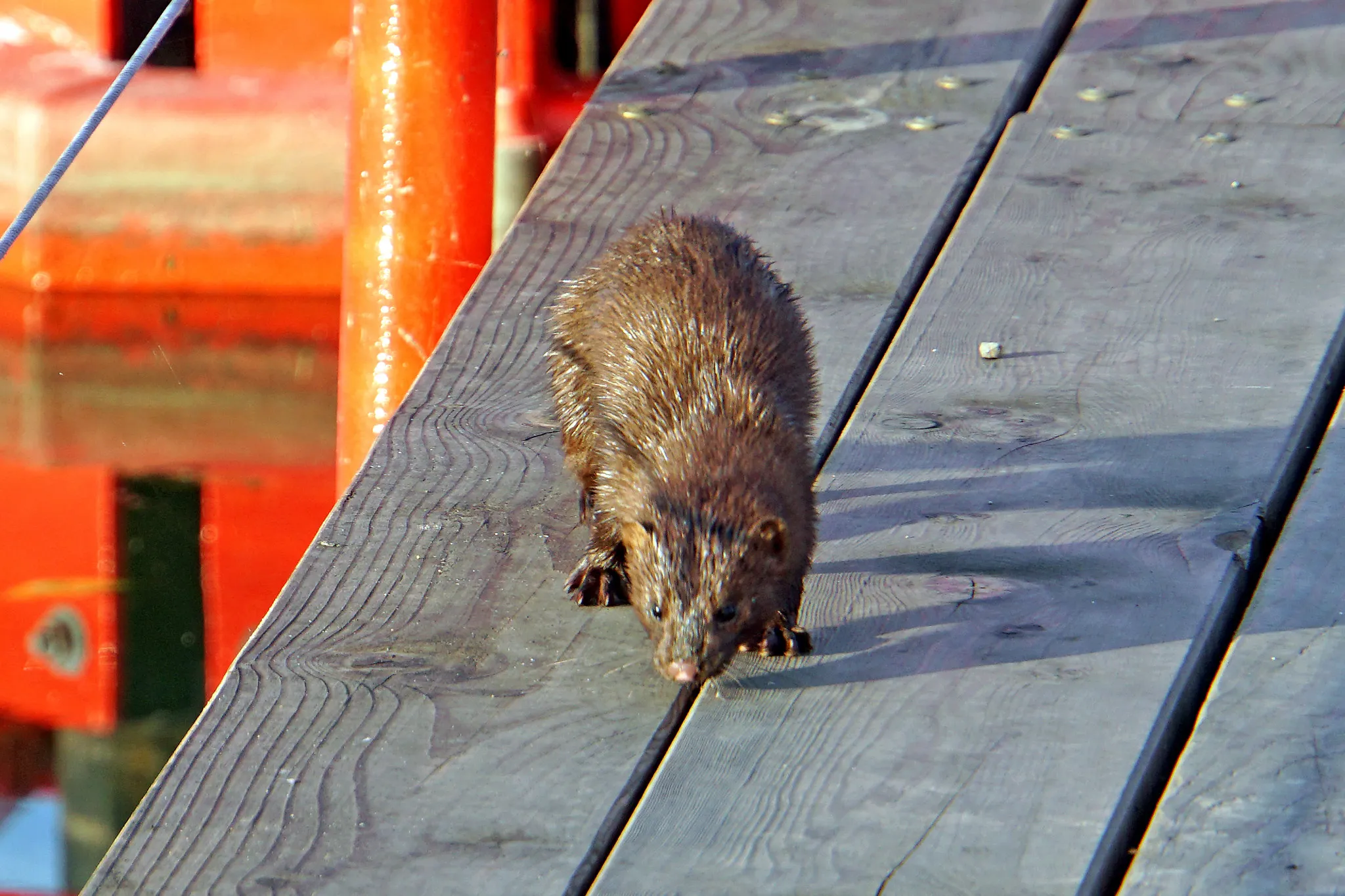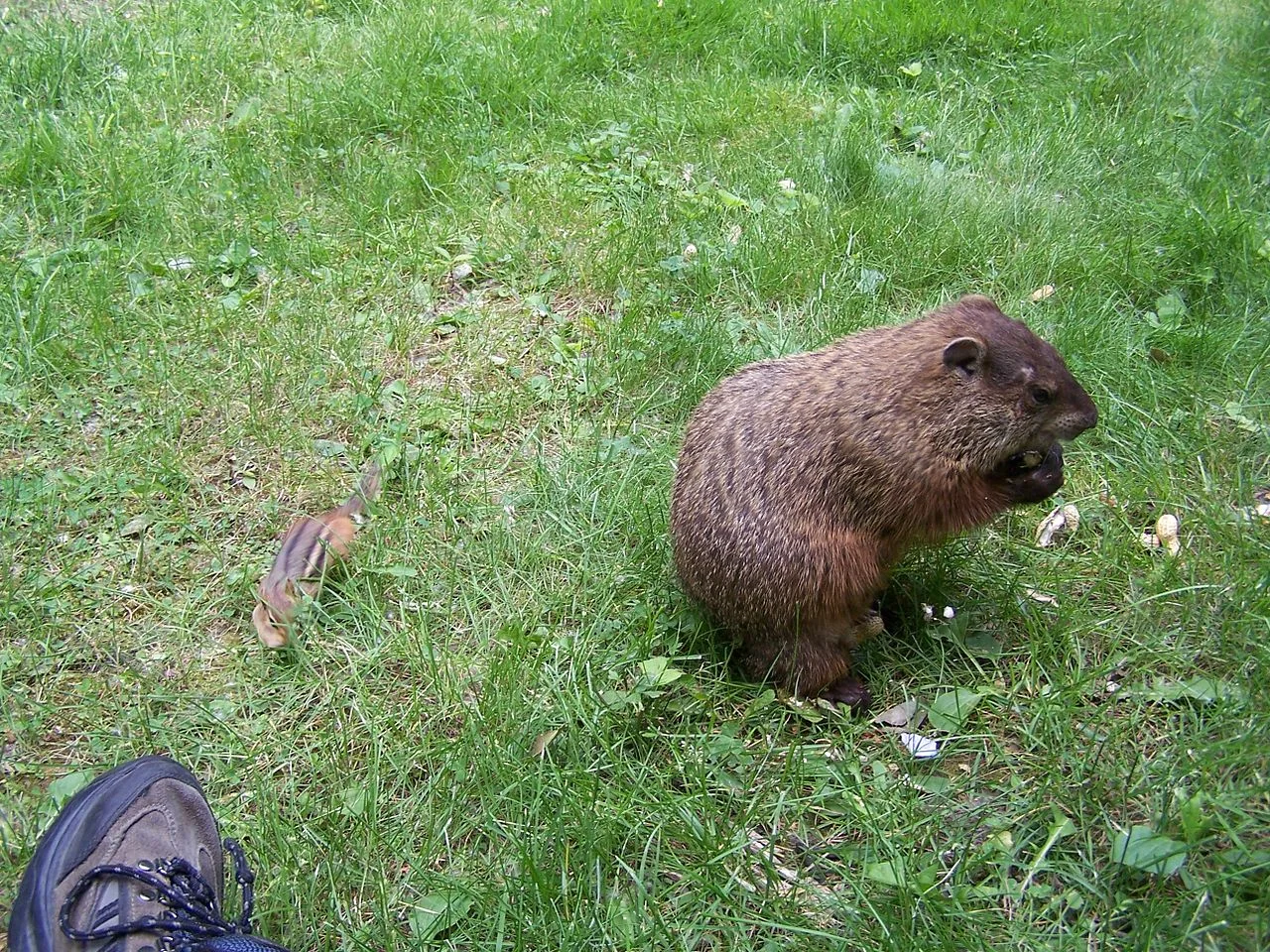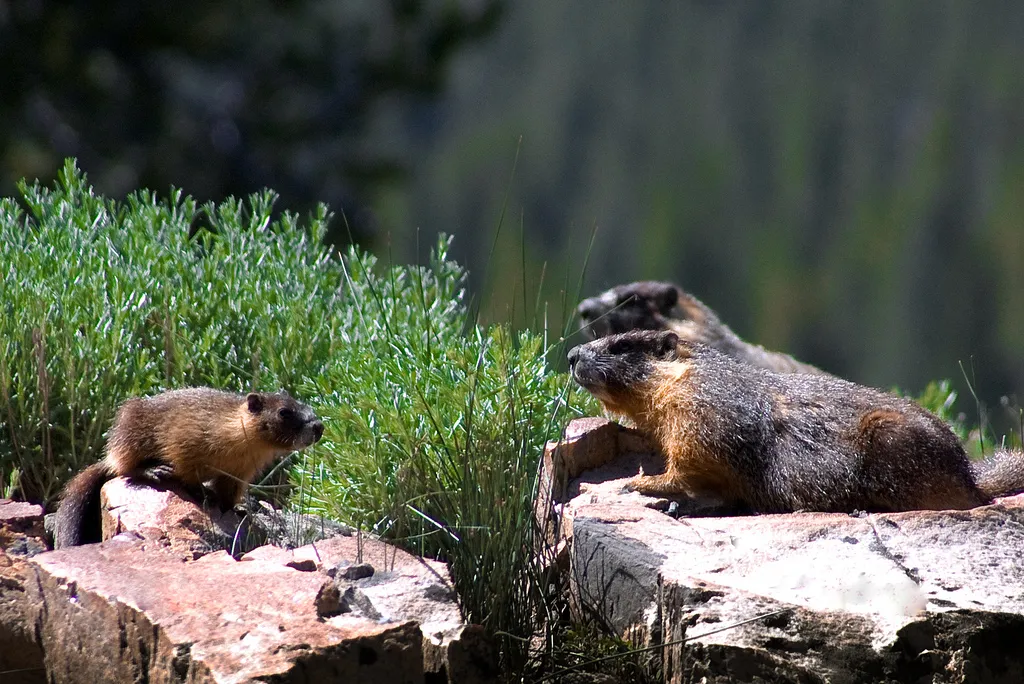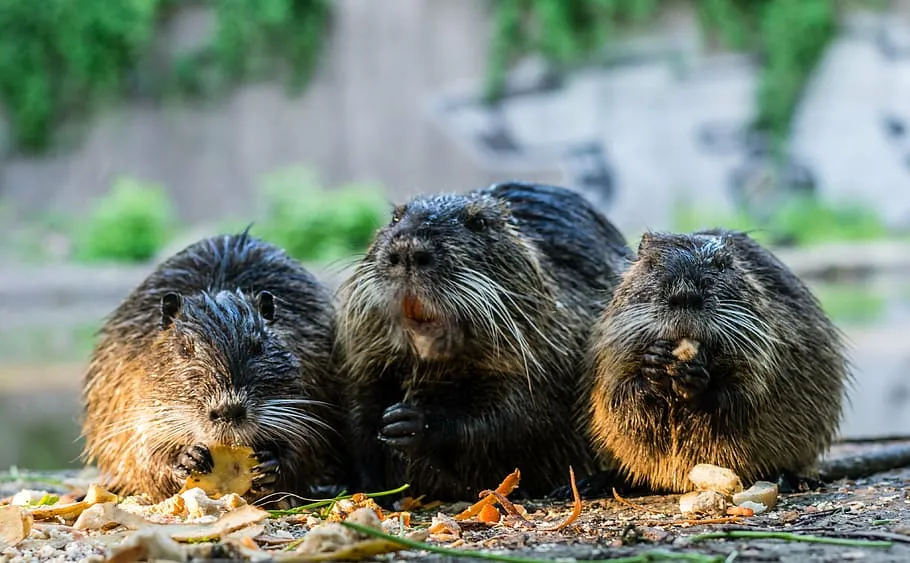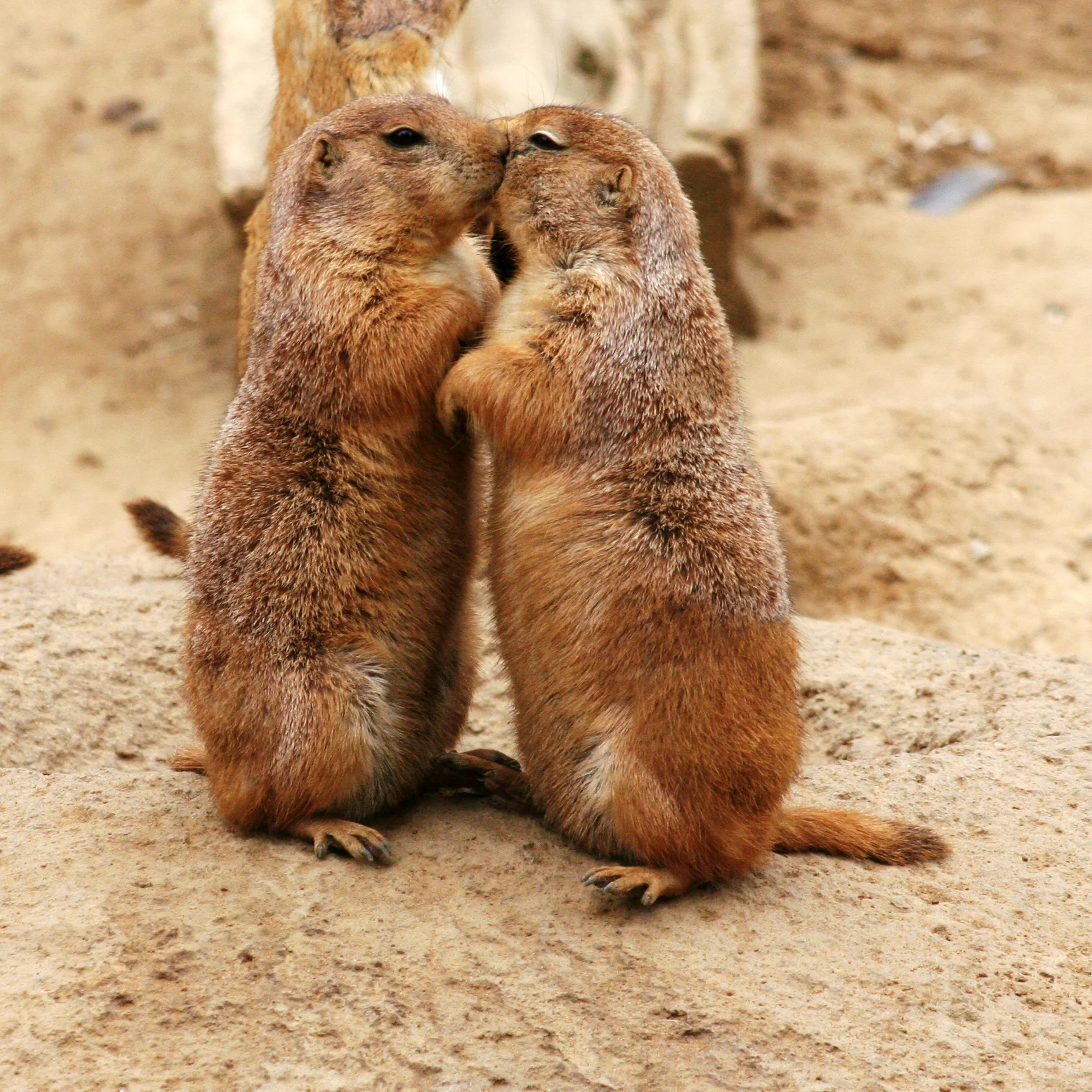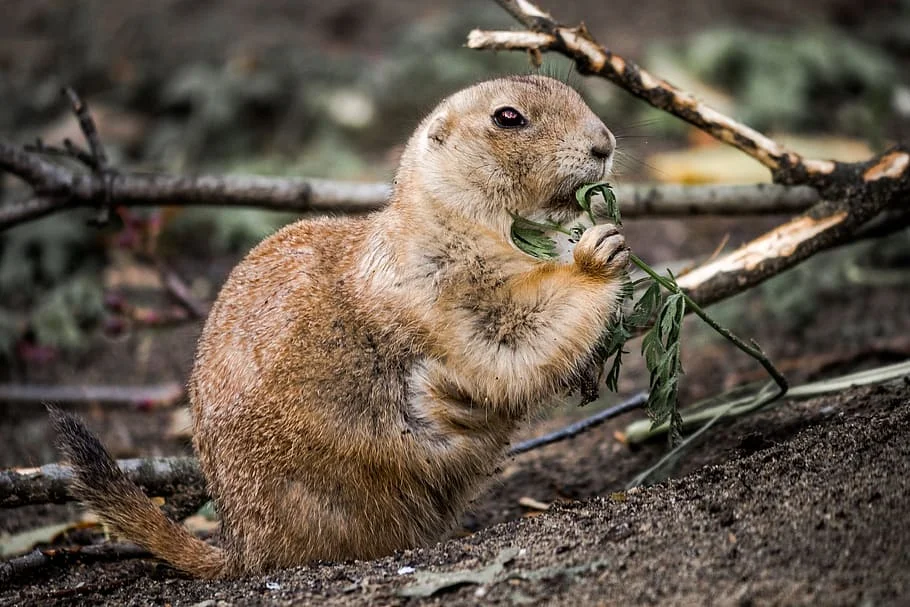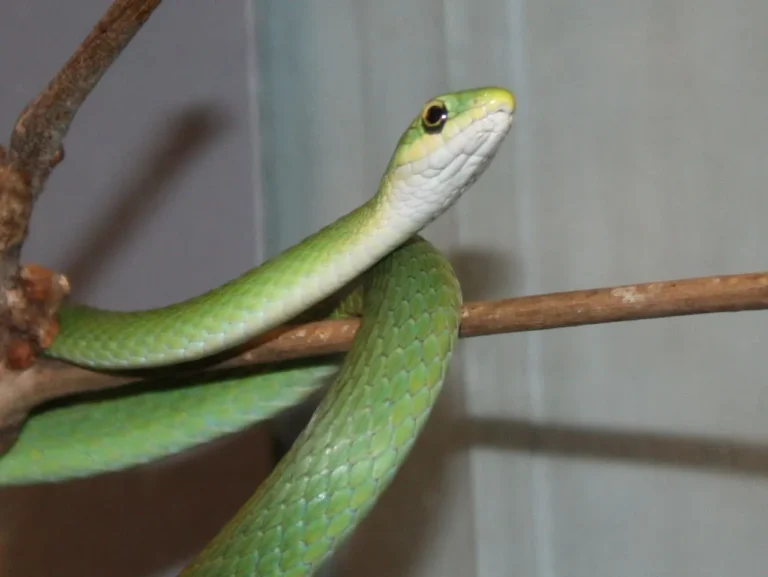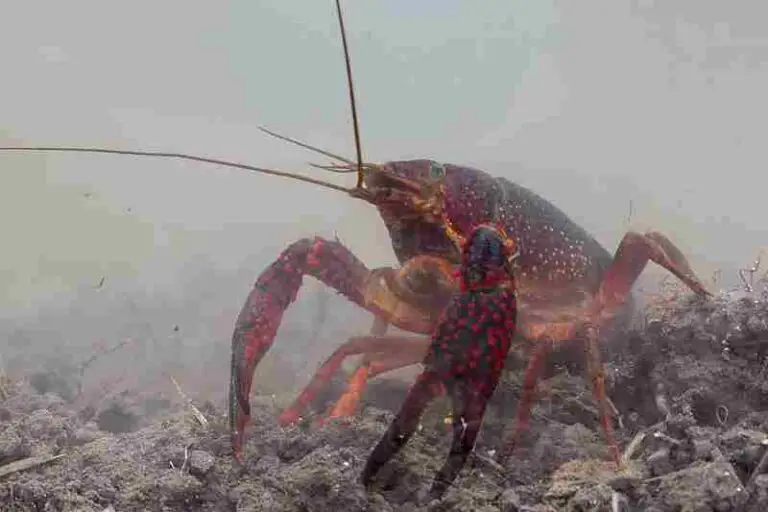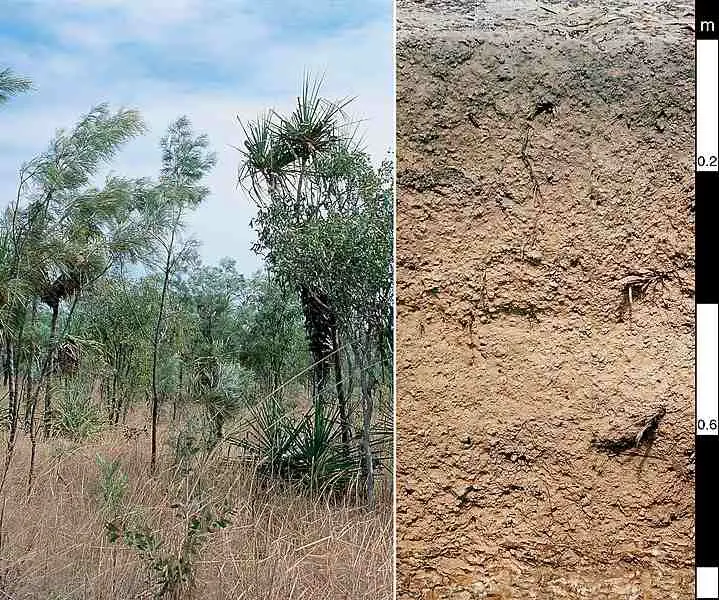Groundhog Vs Nutria Size, Weight, Overall Comparison
Distinguishing between groundhogs and nutria involves examining key characteristics such as size, tail features, and habitat preferences. Although both are rodents, each species exhibits distinct traits that set them apart.
I. Size and Physical Features:
– Nutria, weighing up to 20 pounds with a total length of about 3 feet, are notably larger than groundhogs. Groundhogs, in contrast, are smaller in size, with a wholly terrestrial lifestyle. Recognizing the size disparity aids in identification.
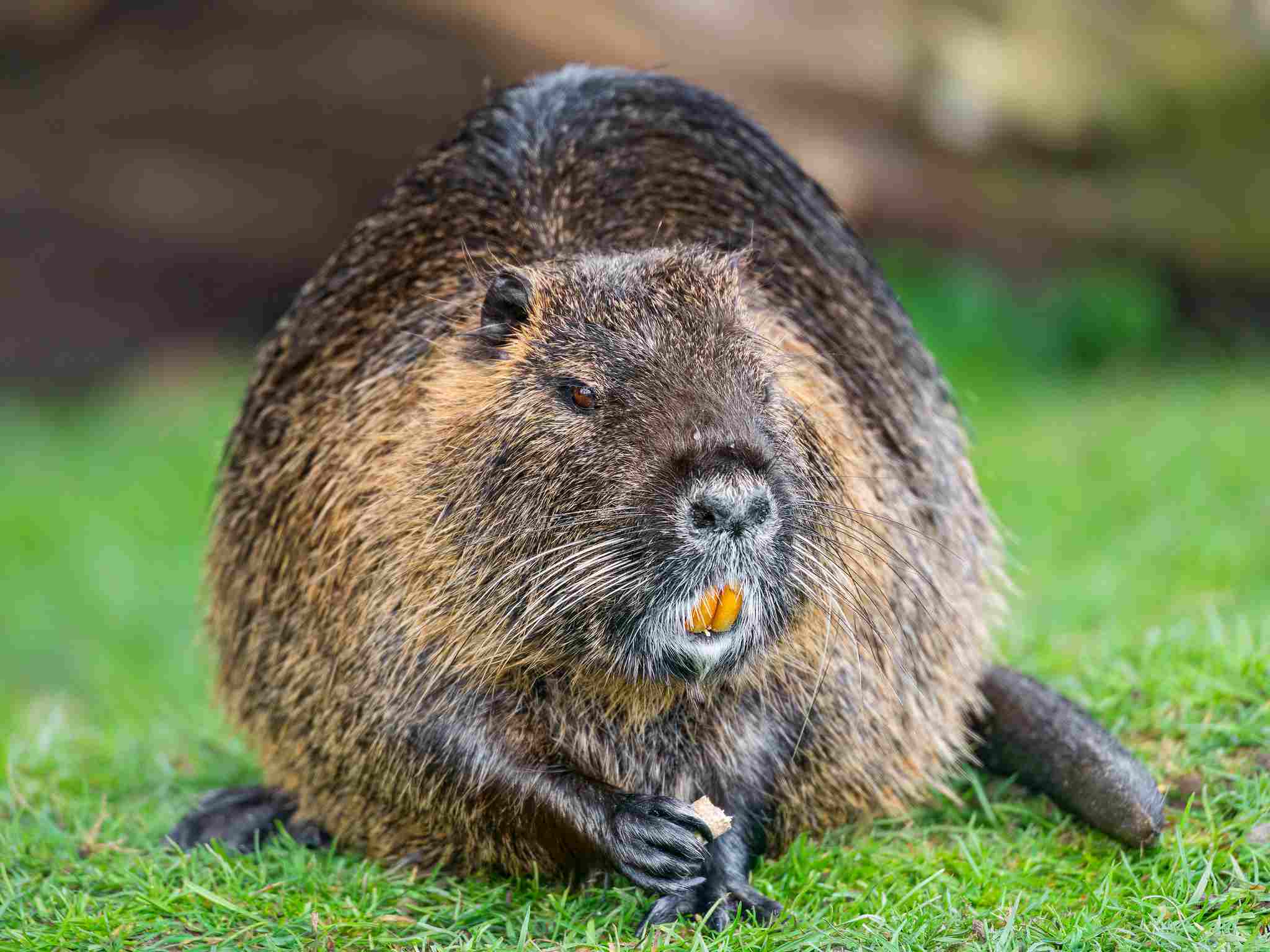
II. Tail Characteristics:
– Nutria tails are long, round, and finely haired, distinguishing them from groundhogs. Groundhogs, or woodchucks, have much smaller tails in comparison. Understanding tail differences provides a quick visual clue.
III. Habitat Preferences:
– Nutria are often found in or near water, displaying a semi-aquatic lifestyle, while groundhogs predominantly inhabit terrestrial environments. Recognizing their preferred habitats aids in identifying their ecological roles.
IV. Webbed Feet and Aquatic Traits:
– Nutria possess webbed rear feet, indicating their adaptation to aquatic environments. In contrast, groundhogs have terrestrial adaptations, with no specialized webbed feet. Identifying these physical traits contributes to differentiation.
V. Behavior and Lifestyle:
– Groundhogs spend most of their time on the ground, while nutria’s semi-aquatic nature means they are frequently found near water. Understanding these behavioral differences aids in observing their activities.
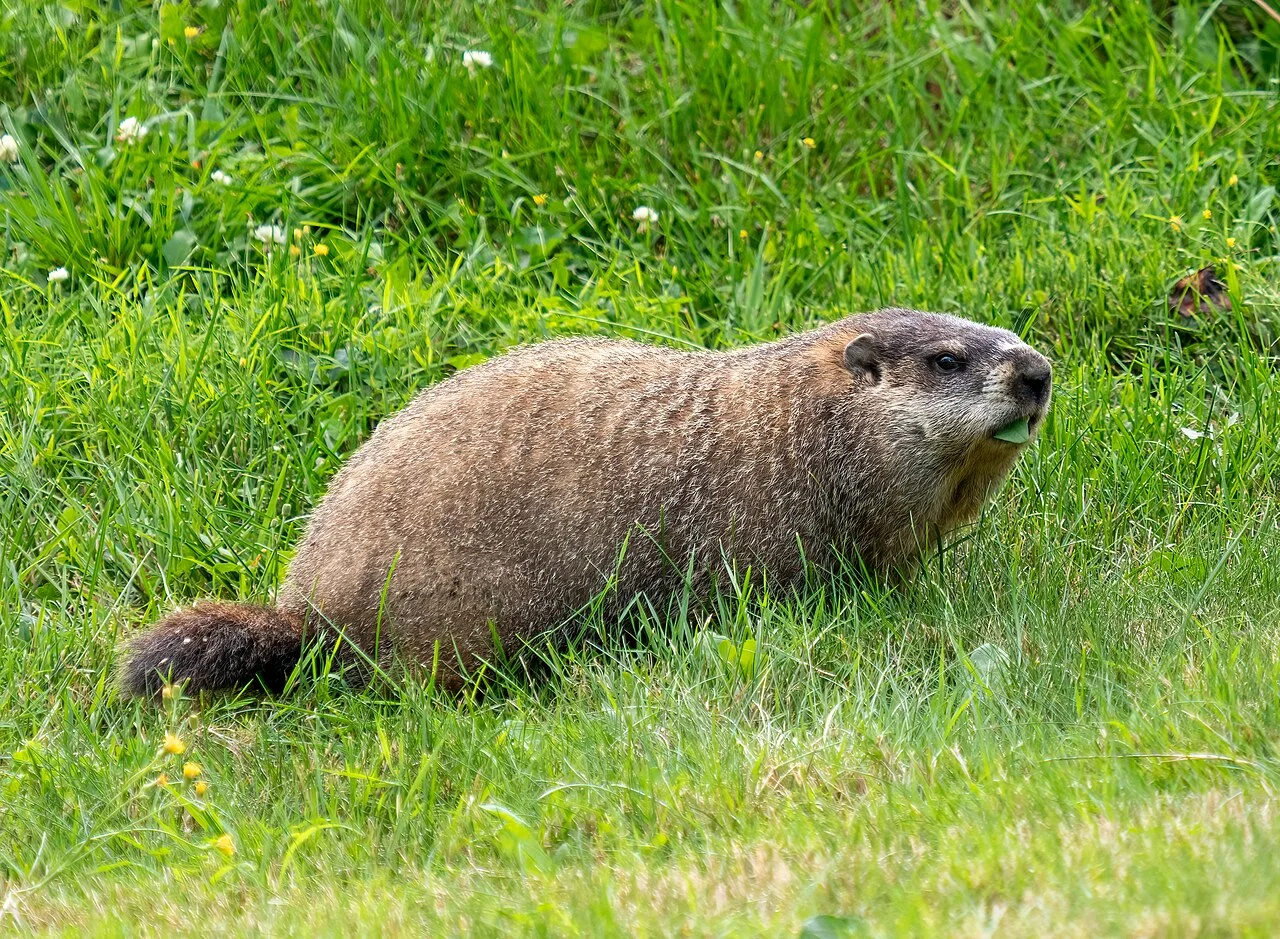
VI. Similarities in Size with Other Rodents:
– Nutria are comparable in size to other rodents like beavers, emphasizing the need for accurate identification. Understanding size comparisons aids in distinguishing between various rodent species.
*Details of Comparison
| Criteria | Groundhog | Nutria Rat |
| Appearance | Stocky build, brown fur |
Sleek, dark brown fur, streamlined body
|
| Size | 16-26 inches | 17-25 inches |
| Weight | 4-14 pounds | 15-22 pounds |
| Dentition | Prominent incisors for herbivorous diet |
Orange-colored, large incisors for herbivorous diet
|
| Physical Offensive Advantages | Sharp claws, strong limbs for digging |
Strong hind limbs, sharp claws for digging and swimming
|
| Physical Defensive Advantages | Retreats to burrow, warning sounds |
Agile in water, defensive bites
|
| Speed | 5-10 mph |
3-6 mph in water
|
| Agility | Agile on land |
Highly agile in water
|
| Senses | Excellent hearing and smell; emphasis on vision |
Excellent hearing and smell, adequate vision
|
| Overall Physical Capacity | Terrestrial, limited swimming |
Terrestrial and aquatic, efficient swimmers
|
| Habitat Preference(s) and Geographic Region | Open woodlands, North America |
Wetlands, global in temperate regions
|
| Tracks | Clawed tracks |
Webbed tracks near water
|
| Lifespan | 2-5 years | 5-10 years |
| Mode of Feeding | Herbivores on land |
Herbivores, feeding on aquatic plants
|
| Intelligence | Moderate intelligence |
Considered intelligent
|
| Social Behavior | Solitary |
More social, forming family groups
|
| Mode of Reproduction | Polygynous, shorter gestation |
Monogamous or polygamous, longer gestation
|
| Parental Behavior | Female raises offspring independently |
Both parents contribute to care
|
| Proximity to Human-Inhabited Areas | Adapts to human presence; suburban areas |
Adapts to human presence; near urban areas
|
| Behavior Toward Humans | Generally shy |
Can be aggressive
|
| Danger Posed to Humans | Minimal danger |
Higher potential for danger
|
| Associated Precautions | Avoid provoking; deter burrowing near structures |
Exercise caution; implement proactive measures
|
| Conservation Status | Generally stable |
Nutria rats may be invasive, requiring management
|
Groundhog (Marmota monax):
Kingdom: Animalia
Phylum: Chordata
Class: Mammalia
Order: Rodentia
Family: Sciuridae
Genus: Marmota
Species: M. monax
Nutria Rat (Myocastor coypus):
Kingdom: Animalia
Phylum: Chordata
Class: Mammalia
Order: Rodentia
Family: Myocastoridae
Genus: Myocastor
Species: M. coypus
2. Appearance:
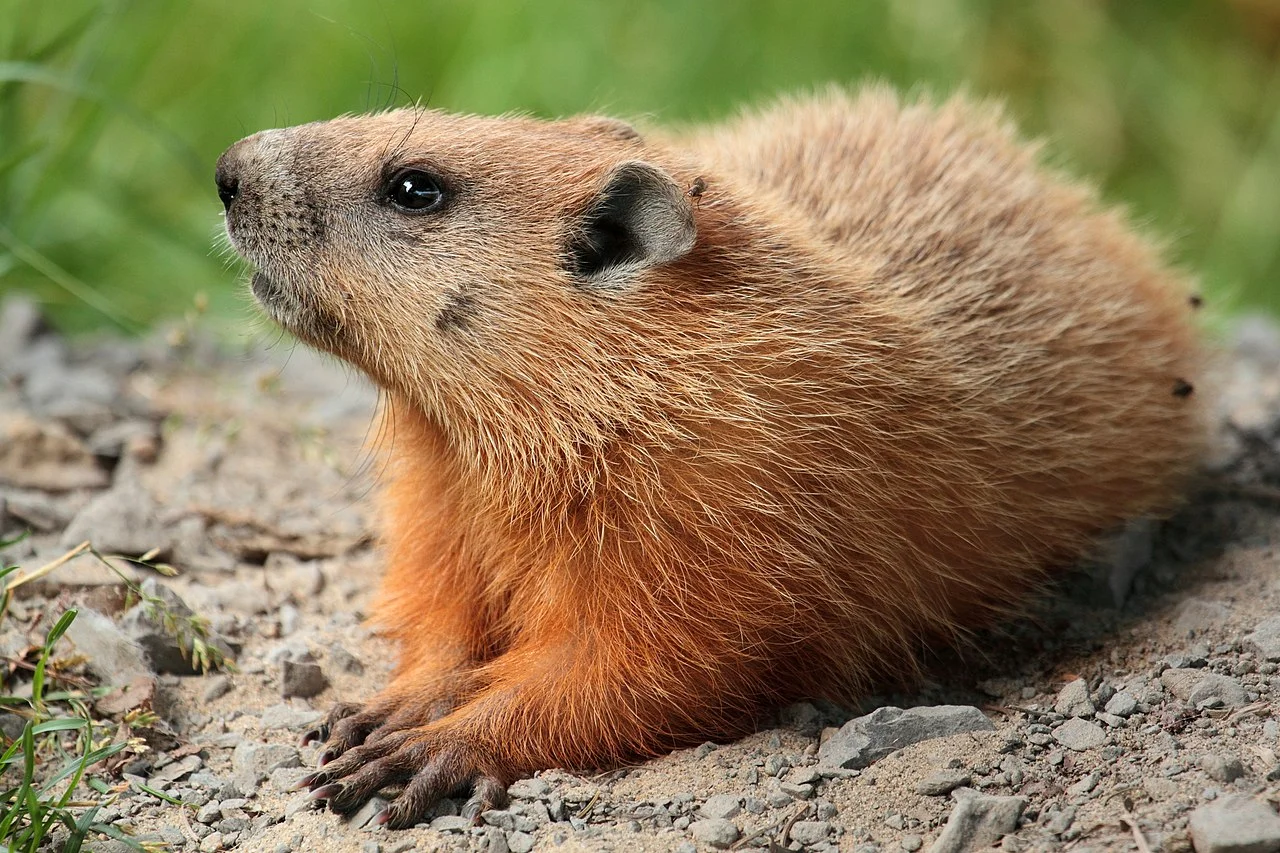
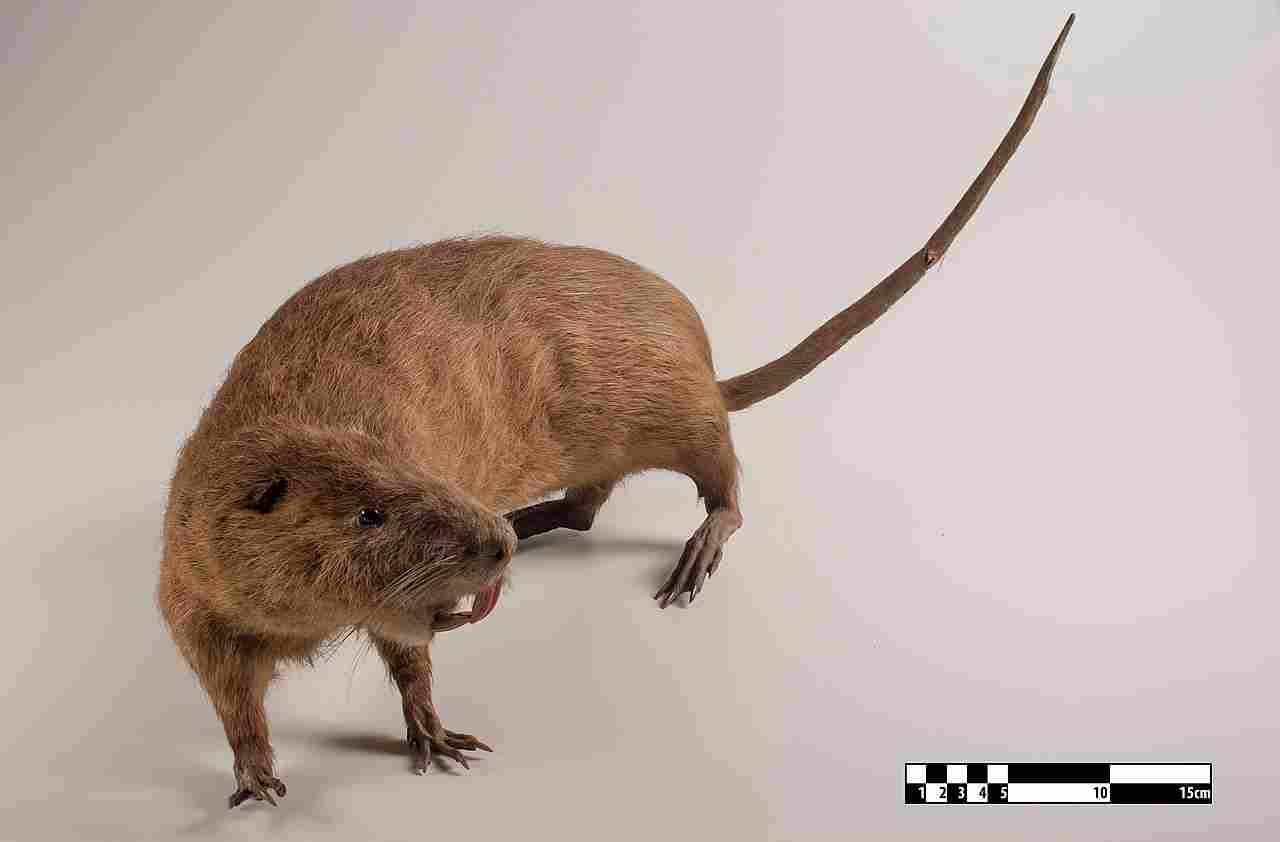
Groundhog:
Covered in brown fur with a stocky build.
Short, powerful limbs and a bushy tail.
Rounded head with small, round ears and prominent incisors.
Nutria Rat:
Sleek, dark brown fur, sometimes with a lighter underbelly.
Long, cylindrical body with webbed hind feet for efficient swimming.
Slightly flattened, rat-like tail.
Comparison: Groundhogs have a more compact build with adaptations for digging, while nutria rats exhibit a streamlined body shape, particularly suited for their semi-aquatic lifestyle.
Ecological Implications: These distinct appearances contribute to their ecological roles; groundhogs are burrowers, influencing soil structure, while nutria rats thrive in wetland ecosystems, affecting vegetation through their feeding habits.
3. Size:
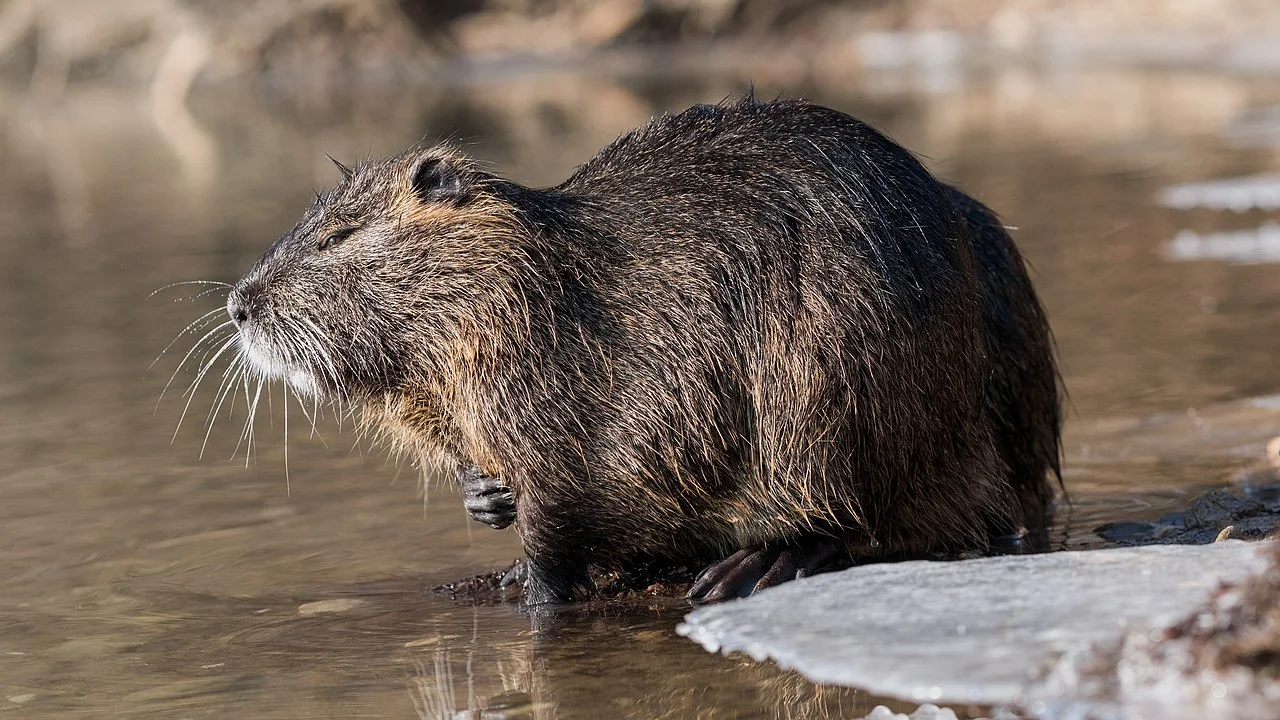
Groundhog:
Length: Approximately 16 to 26 inches (40 to 66 cm).
Tail: Short, about 4 to 7 inches (10 to 18 cm).
Nutria Rat:
Length: Ranges from 17 to 25 inches (43 to 64 cm).
Tail: Longer, typically 12 to 18 inches (30 to 46 cm).
Comparison: While both species are similar in length, the nutria rat generally has a longer tail compared to the groundhog.
Ecological Implications: Size differences influence their ecological roles; groundhogs’ shorter tails are adapted for digging burrows, while nutria rats’ longer tails aid in swimming and balance in aquatic environments.
4. Weight:
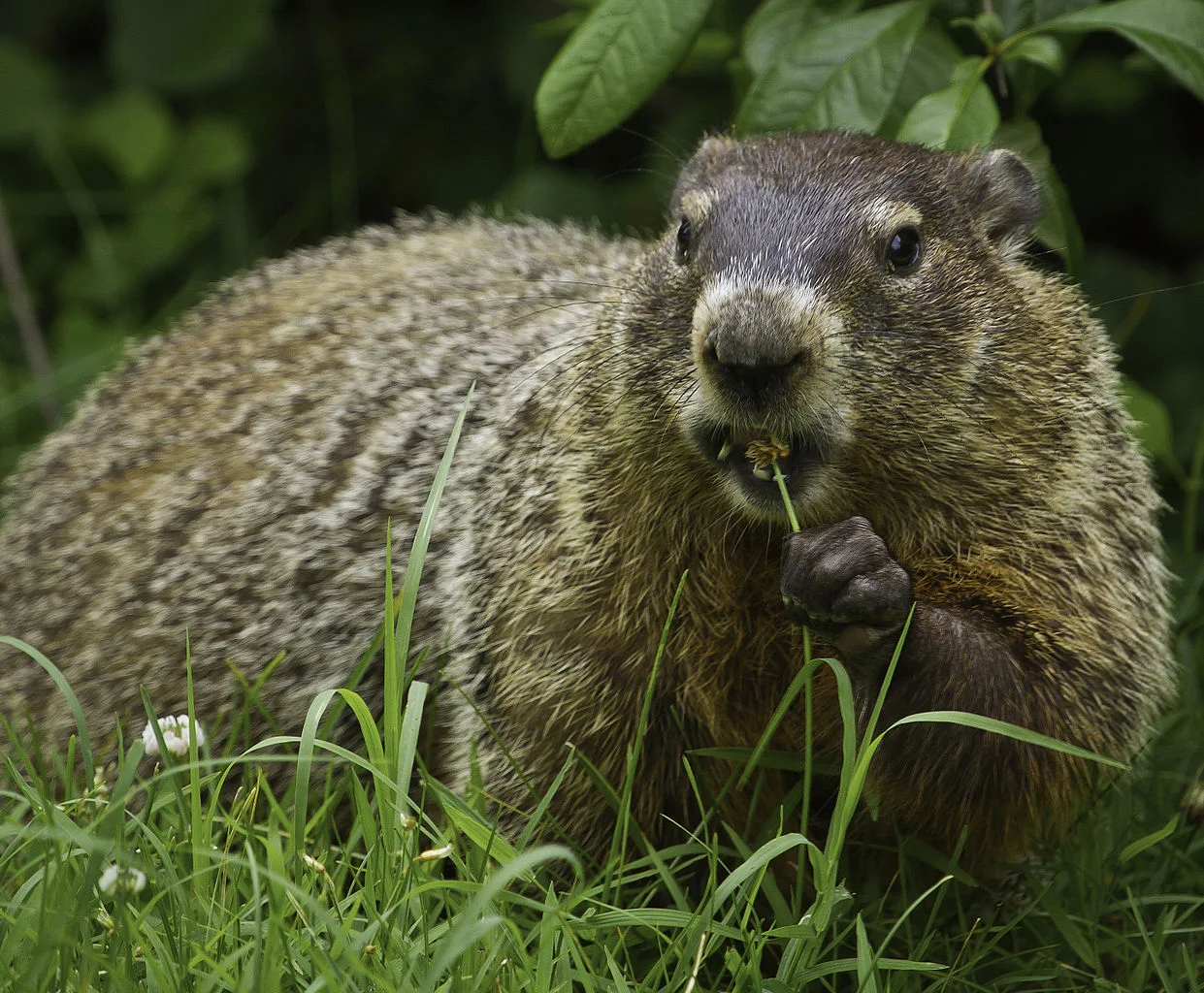
Groundhog:
Weight: Typically between 4 to 14 pounds (1.8 to 6.4 kg).
Nutria Rat:
Weight: Heavier, ranging from 15 to 22 pounds (6.8 to 10 kg).
Comparison: Nutria rats are generally larger and heavier compared to groundhogs.
Ecological Implications: The weight difference may affect their impact on ecosystems; nutria rats, being larger, can have a more significant influence on vegetation and habitat structure.
5. Dentition:
Groundhog:
Incisors: Prominent, continuously growing for burrowing and herbivorous diet.
Nutria Rat:
Incisors: Orange-colored, large, continuously growing for a herbivorous diet.
Comparison: Both species have continuously growing incisors adapted for their herbivorous diets, but the coloration differs.
Ecological Implications: Their teeth adaptations are crucial for their feeding habits, influencing vegetation and soil structure in their respective habitats.
6. Physical Offensive Advantages:
Groundhog:
Sharp claws and strong limbs for digging burrows.
Can deliver a powerful bite if threatened.
Nutria Rat:
Strong hind limbs and sharp claws for digging and swimming.
Capable of defending itself with a forceful bite.
Comparison: Both species possess strong limbs and claws, but the groundhog’s digging abilities may be considered more offensive, while the nutria rat’s agility in water provides a unique advantage.
Ecological Implications: Groundhogs’ burrowing behavior contributes to soil aeration and may impact vegetation, whereas nutria rats’ agility aids in navigating aquatic environments, influencing their prey and plant accessibility.
7. Physical Defensive Advantages:
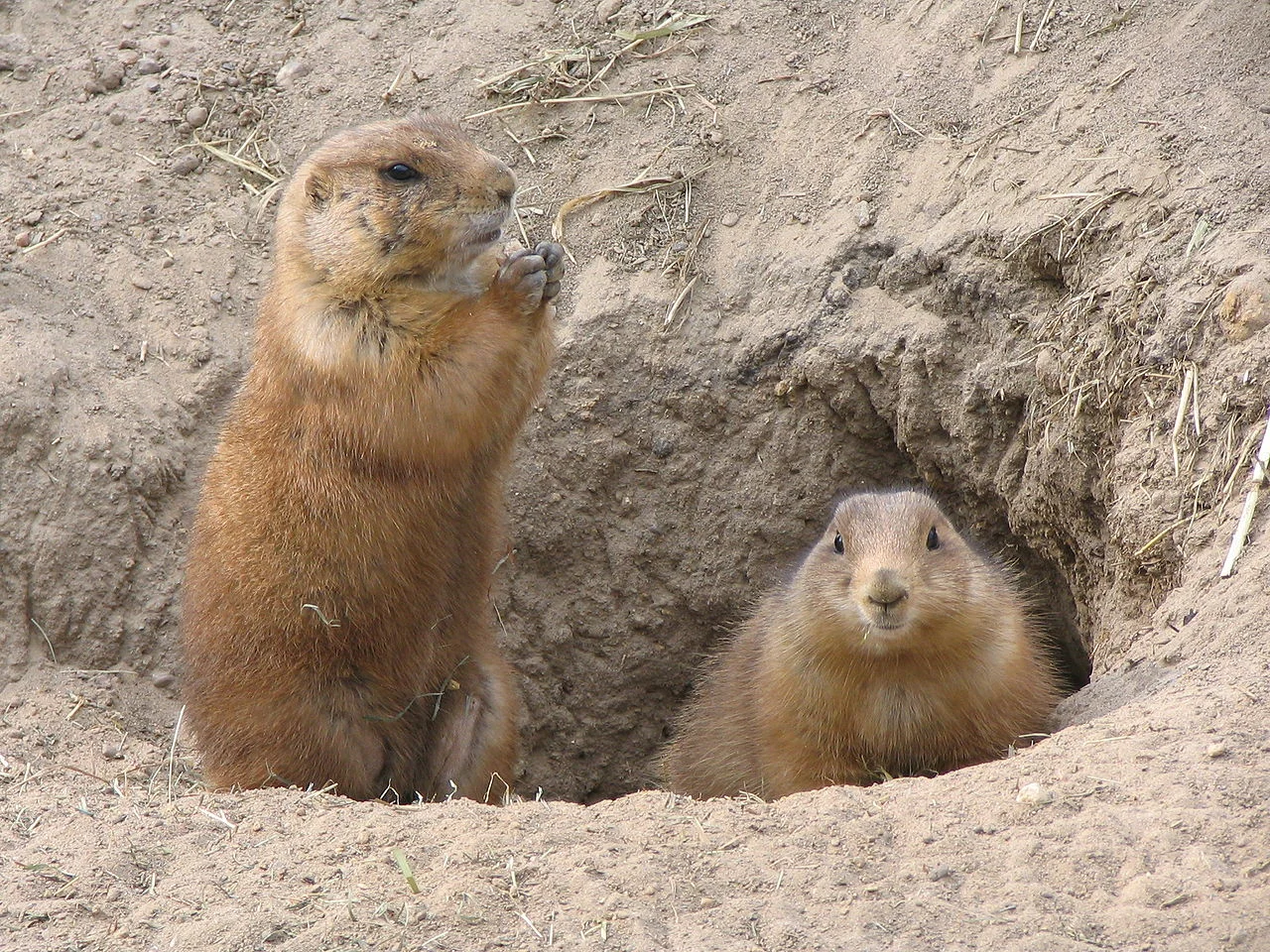
Groundhog:
Retreats to its burrow for protection.
May emit warning sounds to deter predators.
Nutria Rat:
Agile in water, capable of escaping predators by swimming.
Can use its sharp incisors and claws for defense.
Comparison: Both species utilize retreat strategies, but groundhogs primarily rely on burrows, while nutria rats leverage their swimming abilities.
Ecological Implications: These defensive strategies impact predator-prey dynamics in their respective ecosystems, affecting the overall balance within the food chain.
8. Speed:
Groundhog:
Limited ground speed, typically around 5 to 10 mph (8 to 16 km/h).
Nutria Rat:
Agile swimmers, capable of reaching speeds of 3 to 6 mph (5 to 10 km/h) in water.
Comparison: While groundhogs are not known for fast running speeds, nutria rats exhibit agility and speed in the water.
Ecological Implications: Speed differences influence their ability to escape predators and navigate their habitats, contributing to the dynamics of their ecosystems.
9. Agility:
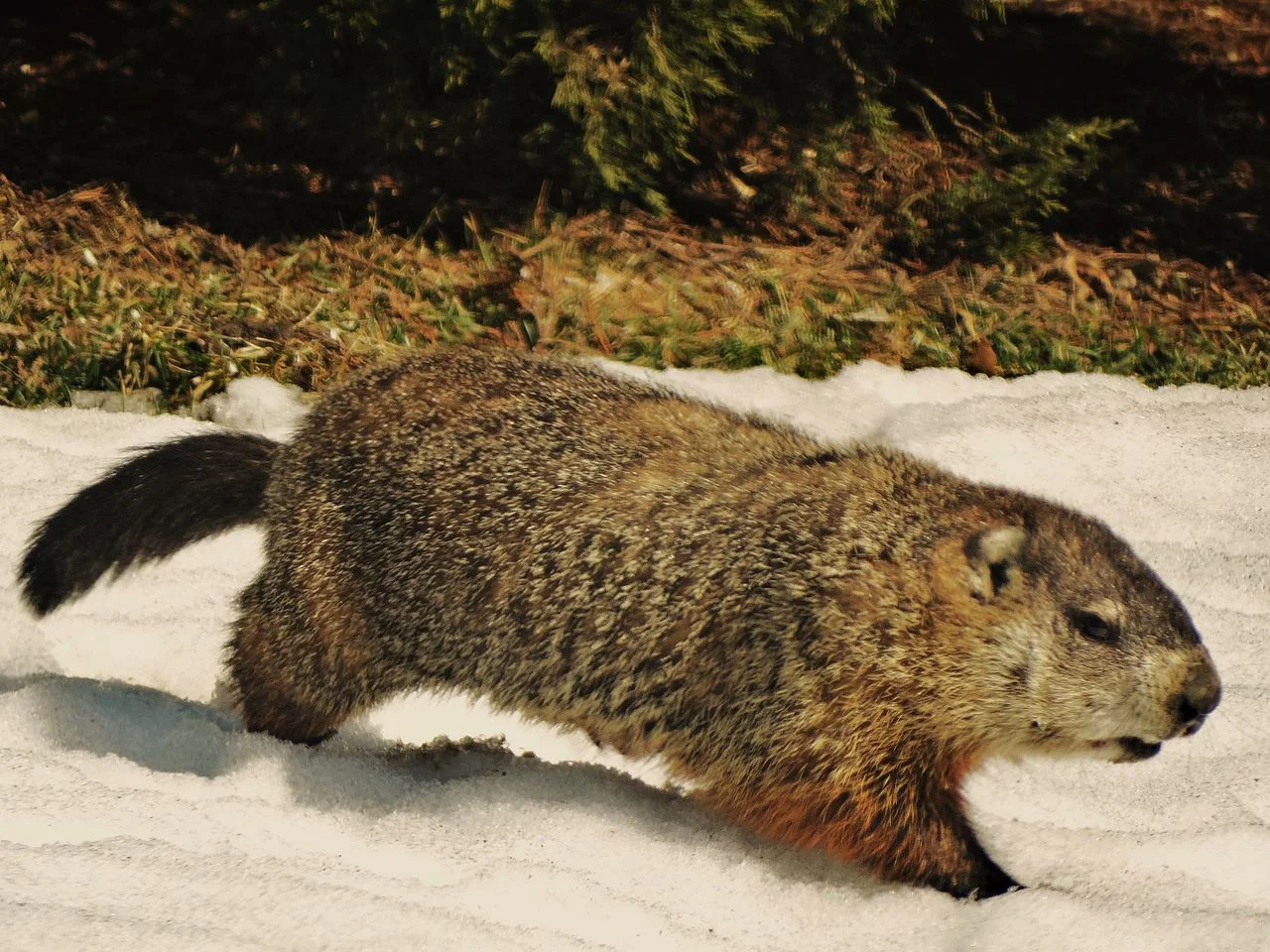
Groundhog:
Agile on land, particularly in burrow construction and navigating rocky terrain.
Nutria Rat:
Highly agile in water, using its streamlined body and webbed feet for efficient swimming.
Comparison: Groundhogs showcase agility on land, while nutria rats excel in aquatic environments.
Ecological Implications: Their agility adaptations are essential for survival, impacting their ability to access resources and avoid predators in their respective habitats.
10. Senses:
Groundhog:
Excellent sense of hearing and smell.
Good vision for detecting predators.
Nutria Rat:
Well-developed senses of hearing and smell.
Adequate vision, particularly adapted for low light conditions.
Comparison: Both species rely on heightened senses to navigate their environments, with groundhogs emphasizing vision and nutria rats excelling in hearing and smell.
Ecological Implications: Sensory adaptations influence their ability to detect threats, locate food, and interact with their surroundings, contributing to their roles in their ecosystems.
11. Overall Physical Capacity:
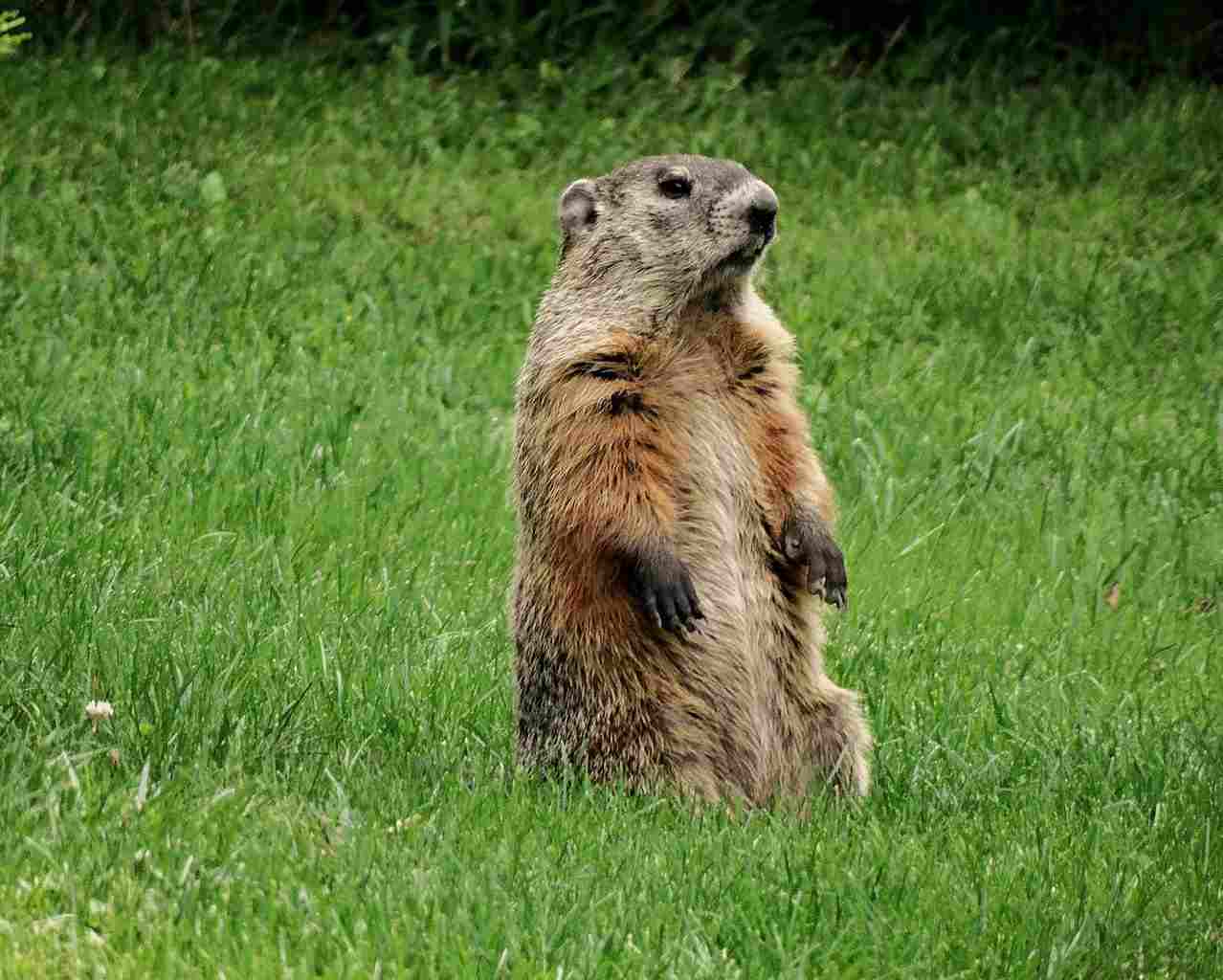
Groundhog:
Well-adapted for terrestrial life and burrow construction.
Limited swimming ability.
Nutria Rat:
Adapted for both terrestrial and aquatic life.
Efficient swimmers with webbed hind feet.
Comparison: Groundhogs are specialized for land activities, while nutria rats have a more versatile physical capacity, excelling in both land and water.
Ecological Implications: These differences impact the range of habitats each species can inhabit, influencing the biodiversity and dynamics of their respective ecosystems.
12. Habitat Preference(s) and Geographic Region:
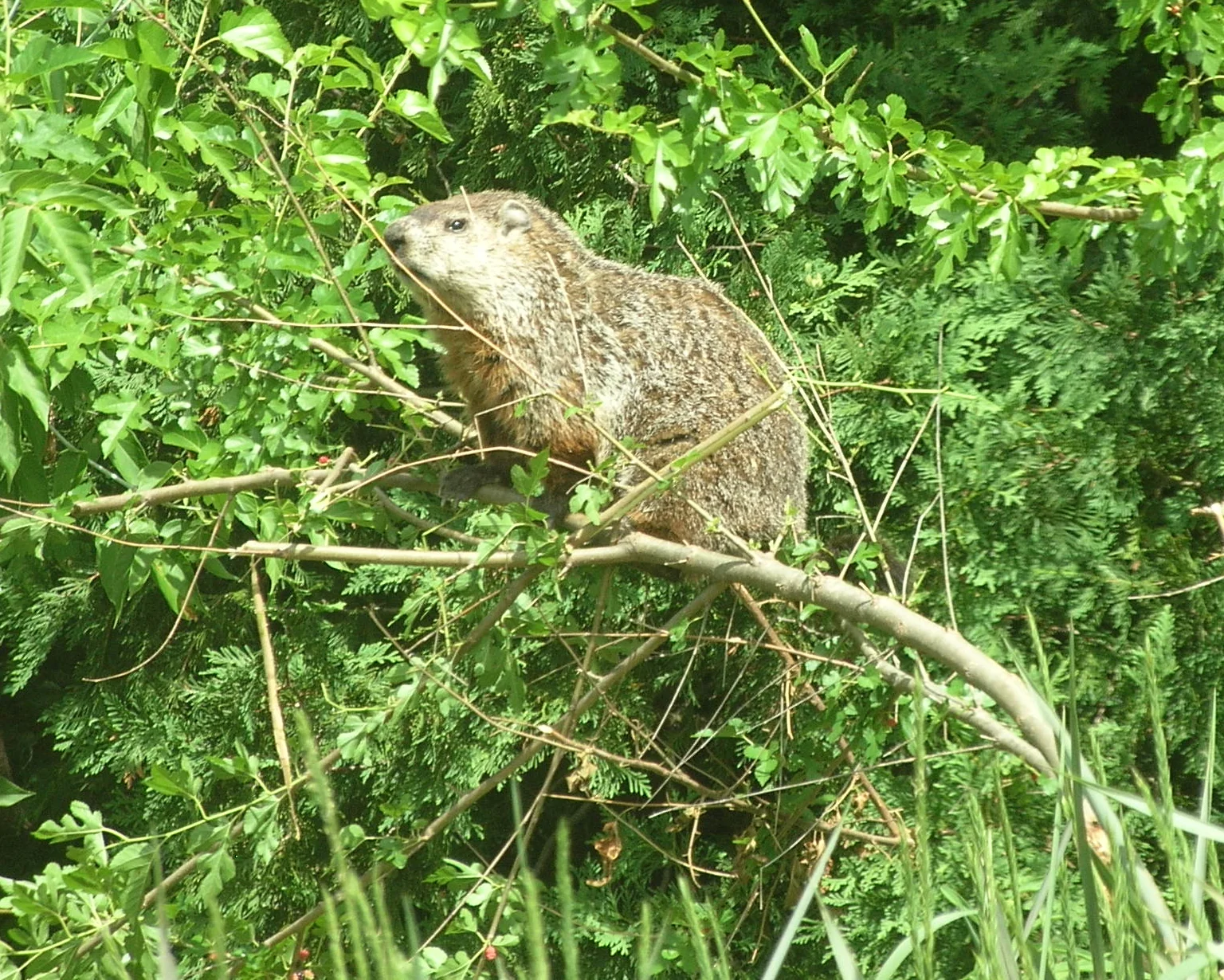
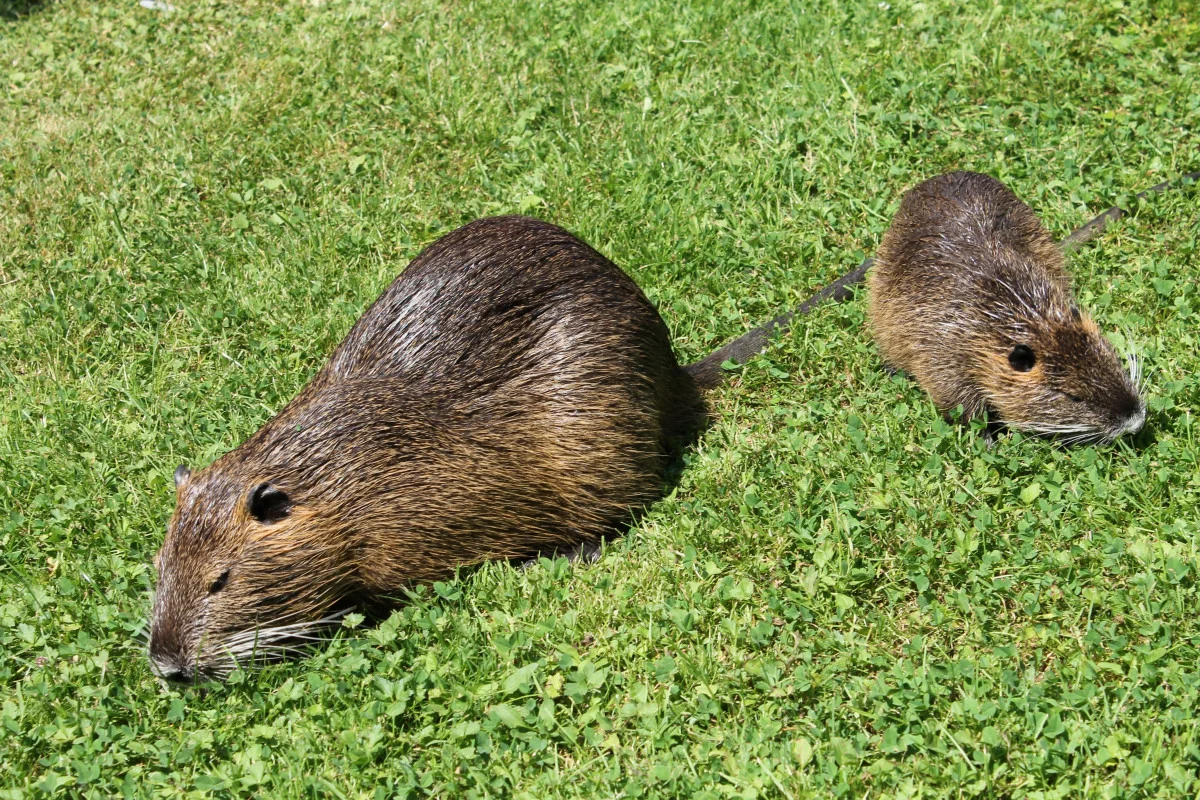
Groundhog:
Prefers open woodlands, fields, and meadows.
Common in North America.
Nutria Rat:
Thrives in wetlands, marshes, and riverbanks.
Originally from South America, now found globally in temperate regions.
Comparison: Groundhogs favor drier, terrestrial habitats, while nutria rats are adapted to wetland ecosystems.
Ecological Implications: Their habitat preferences influence the ecosystems they inhabit and the ecological services they provide, such as soil aeration and vegetation control.
13. Tracks:
Groundhog:
Leave distinctive clawed tracks on soil.
Tracks may reveal a pattern of four toe prints on both front and hind feet.
Nutria Rat:
Produce webbed tracks, resembling a pattern of five toes on both front and hind feet.
Often found near water sources.
Comparison: Groundhog tracks exhibit claw marks, emphasizing their burrowing behavior, while nutria rat tracks showcase webbed features, indicating their adaptation to aquatic environments.
Ecological Implications: Tracking allows for ecological monitoring and helps understand the distribution and movement patterns of these species within their habitats.
14. Lifespan:
Groundhog:
Typically lives 2 to 5 years in the wild.
Nutria Rat:
Lifespan ranges from 5 to 10 years in the wild.
Comparison: Nutria rats generally have a longer lifespan compared to groundhogs.
Ecological Implications: Longer lifespans can impact population dynamics and ecological interactions within their respective habitats.
15. Mode of Feeding:
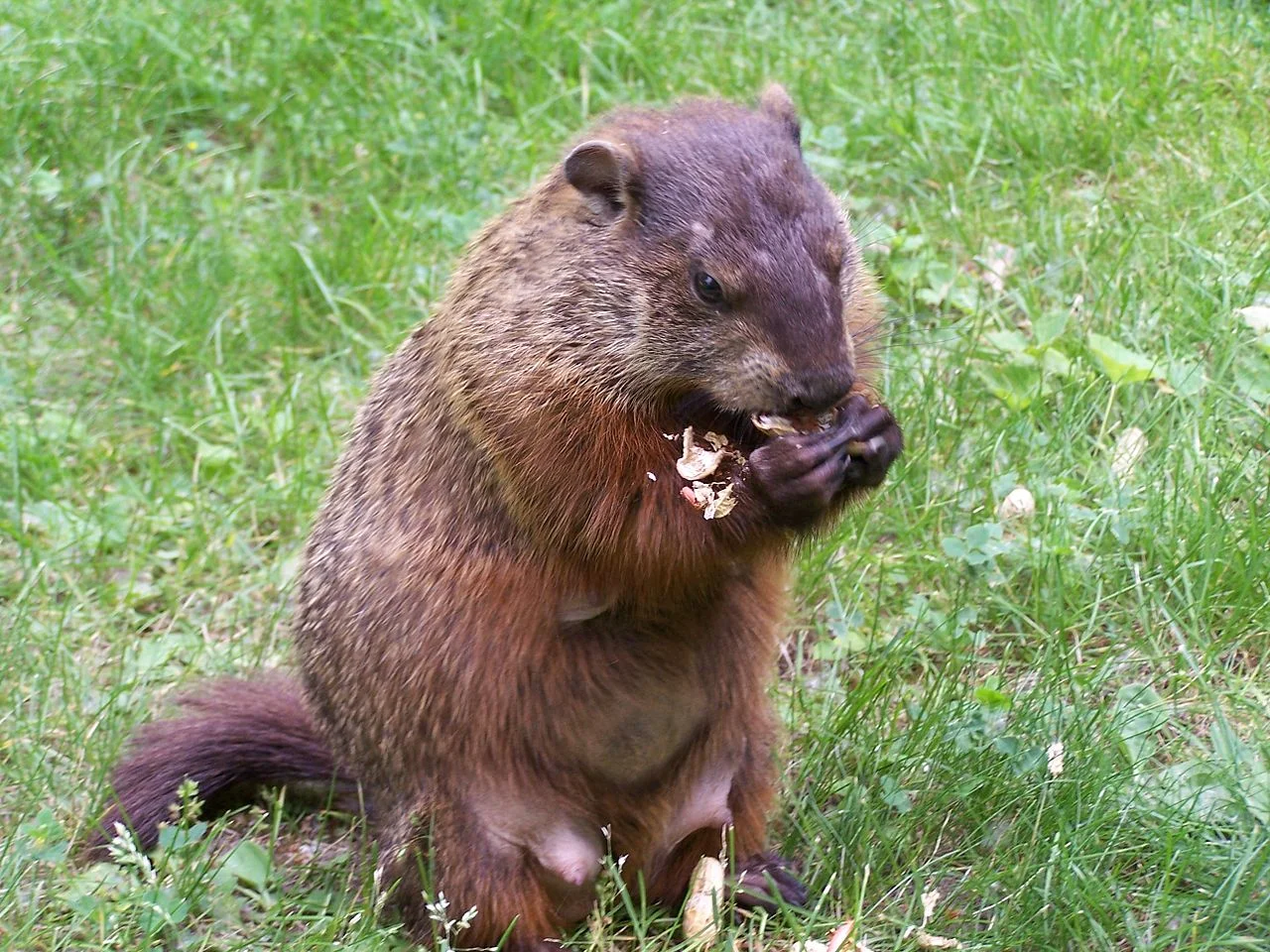
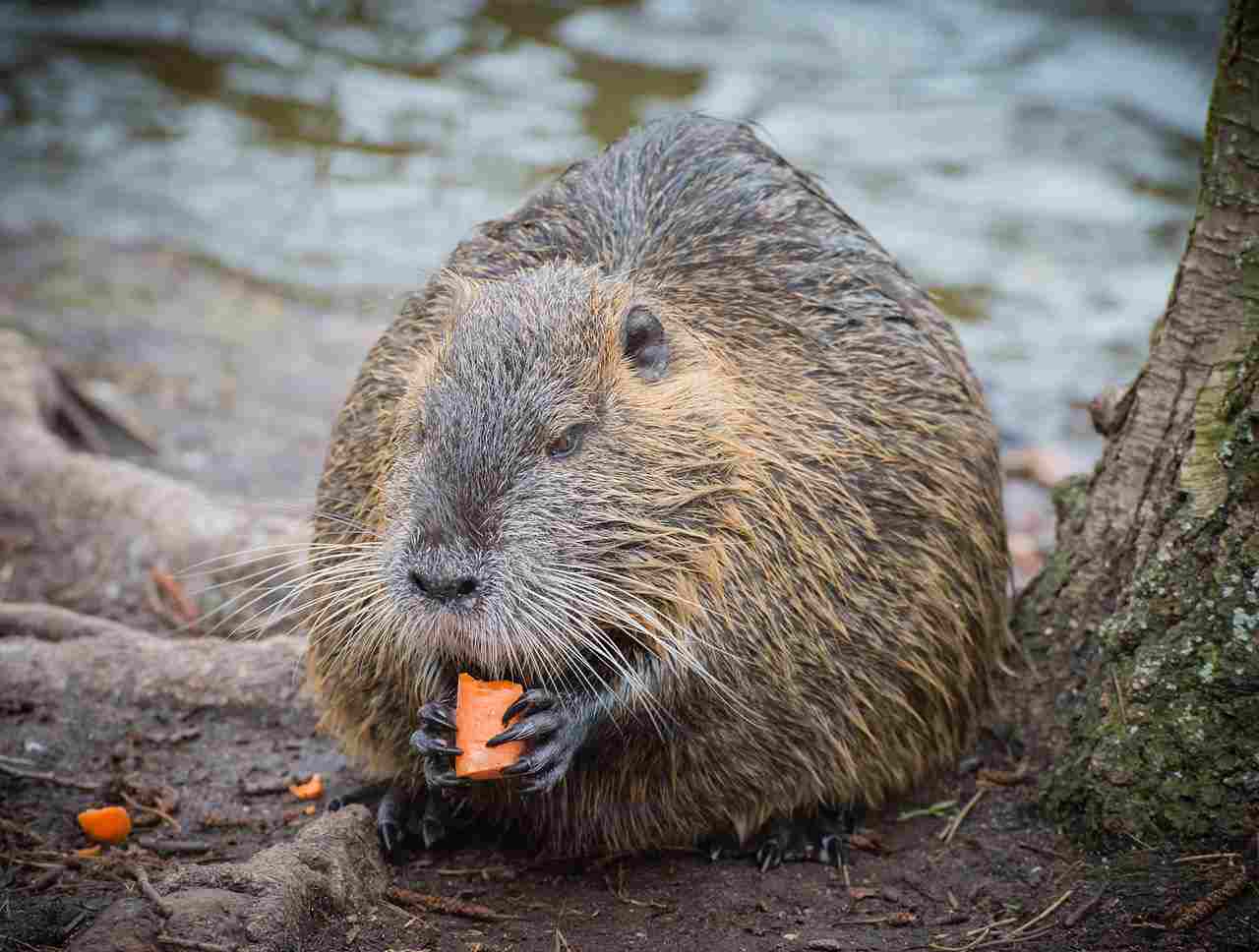
Groundhog:
Herbivorous diet, primarily consuming grasses, herbs, and crops.
Nutria Rat:
Herbivorous diet, feeding on aquatic plants, grasses, and crops.
Comparison: Both species share a herbivorous diet, but the specific plant types differ.
Ecological Implications: Their feeding habits influence vegetation structure and nutrient cycling in their habitats, contributing to ecosystem health.
16. Intelligence:
Groundhog:
Display moderate levels of intelligence, particularly in burrow construction and predator avoidance.
Nutria Rat:
Considered intelligent, showing problem-solving skills and adaptability.
Comparison: Nutria rats are generally considered more intelligent than groundhogs.
Ecological Implications: Intelligence can affect the adaptability of a species to changing environmental conditions, influencing their ecological roles.
17. Social Behavior:
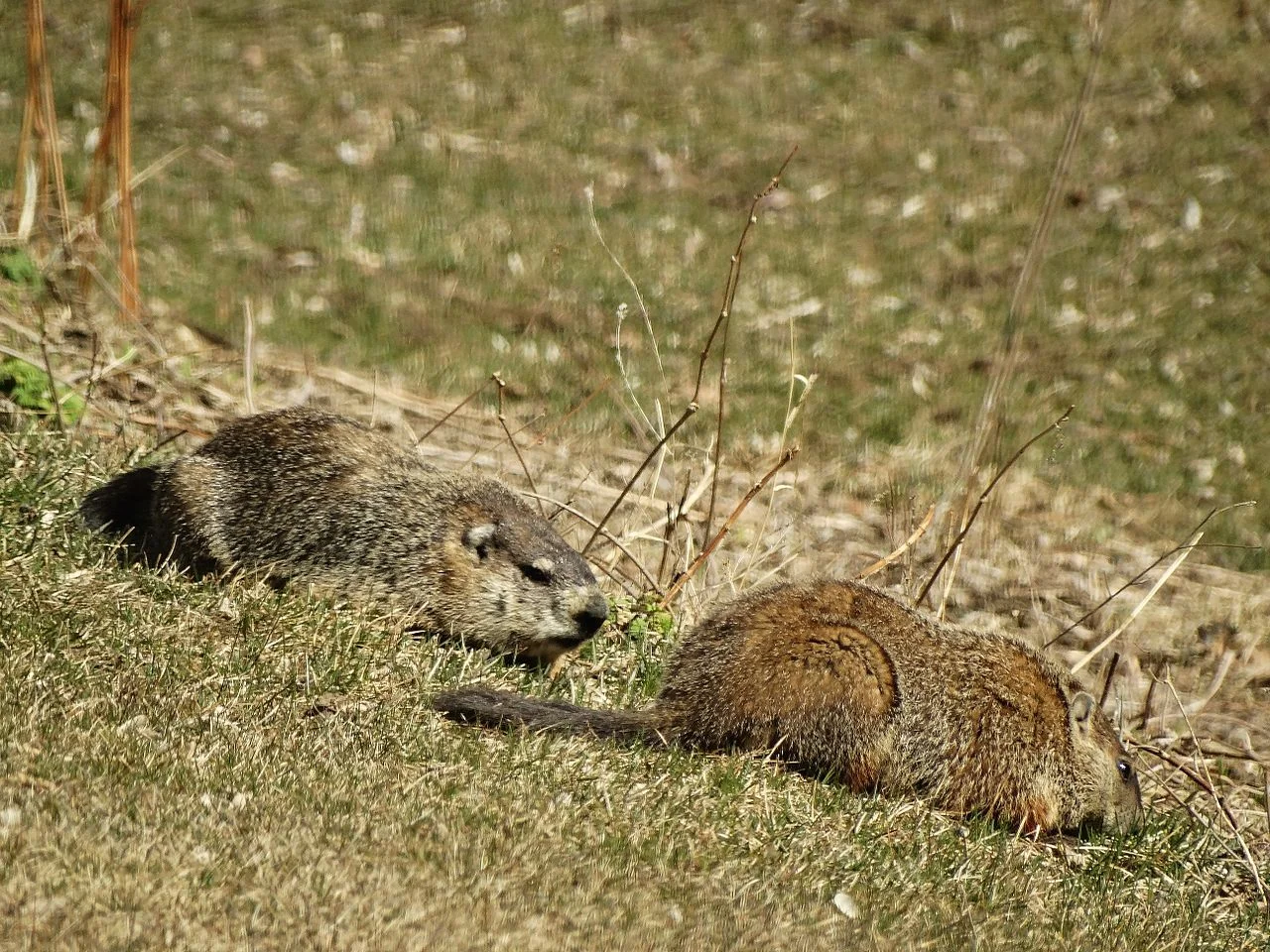
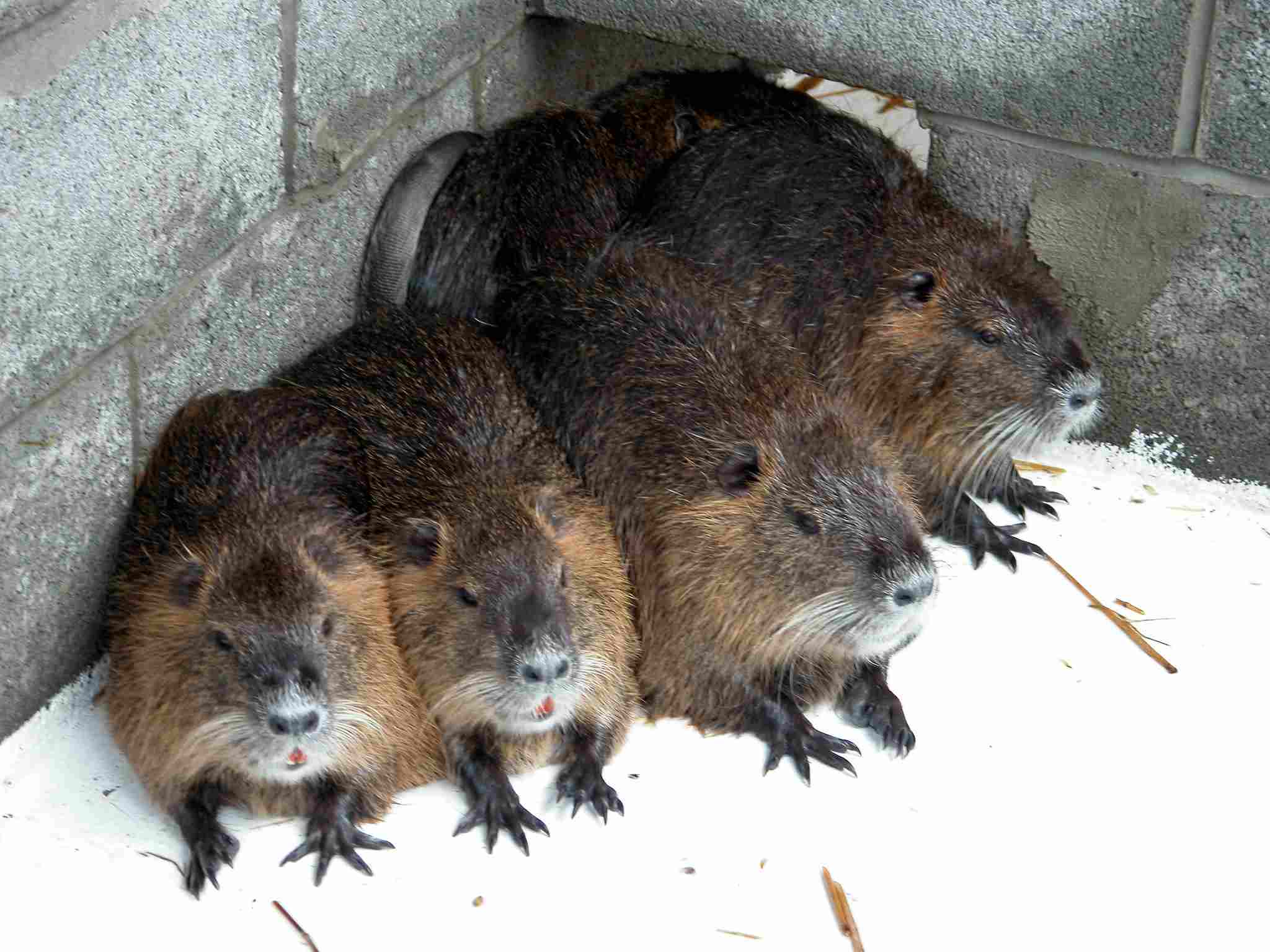
Groundhog:
Primarily solitary, with limited social interactions except during the breeding season.
Nutria Rat:
Generally more social, forming family groups and exhibiting cooperative behaviors.
Comparison: Nutria rats are more social compared to the solitary nature of groundhogs.
Ecological Implications: Social behaviors impact population dynamics and interactions within their ecosystems, influencing breeding success and cooperative resource utilization.
18. Mode of Reproduction:
Groundhog:
Polygynous mating system.
Mating occurs in early spring, and gestation lasts around 31-32 days.
A litter typically consists of 2 to 9 pups.
Nutria Rat:
Monogamous or polygamous mating system.
Breeding can occur year-round in favorable conditions.
Gestation lasts around 130 days, and a litter can range from 1 to 13 pups.
Comparison: Groundhogs have a shorter gestation period and smaller litters compared to nutria rats.
Ecological Implications: Reproductive strategies impact population growth and density within their respective habitats, influencing the ecological balance.
19. Parental Behavior:
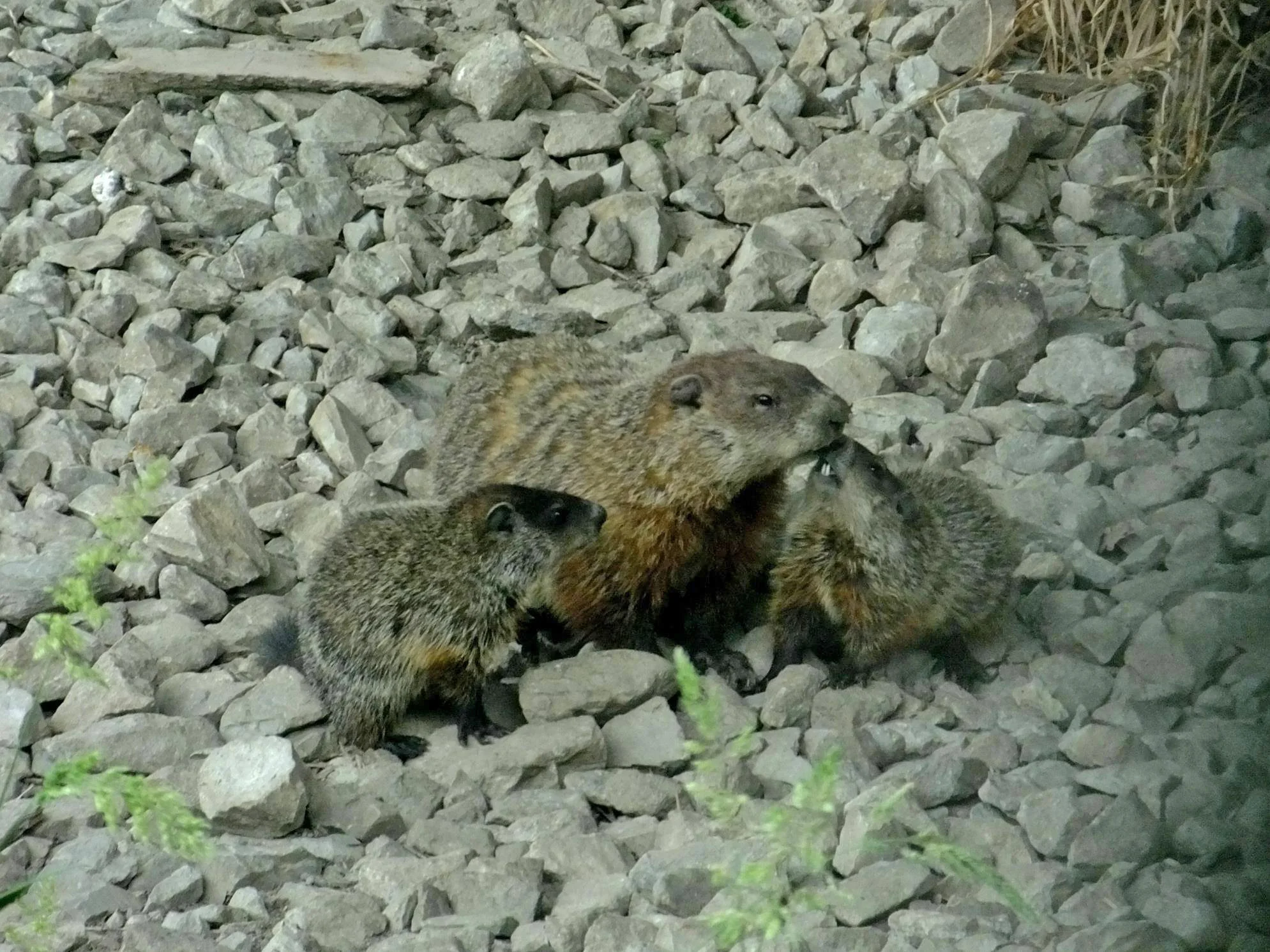
Groundhog:
Females raise their offspring independently.
Young groundhogs become self-sufficient within a few months.
Nutria Rat:
Both parents contribute to caring for the young.
Pups remain dependent on parental care for an extended period.
Comparison: Nutria rats exhibit more extensive parental care compared to groundhogs.
Ecological Implications: Parental behaviors can affect juvenile survival rates and overall population dynamics within their ecosystems.
20. Proximity to Human-Inhabited Areas:
Groundhog:
Often found in suburban and rural areas, digging burrows near human structures.
Can become accustomed to human presence.
Nutria Rat:
Frequently found in wetlands near urban areas.
May cause issues by damaging crops and infrastructure.
Comparison: Both species can adapt to human-inhabited areas, but their impact and proximity differ based on habitat preferences.
Ecological Implications: Proximity to humans can lead to human-wildlife conflicts and influence the conservation status of these species.
21. Behavior Toward Humans:
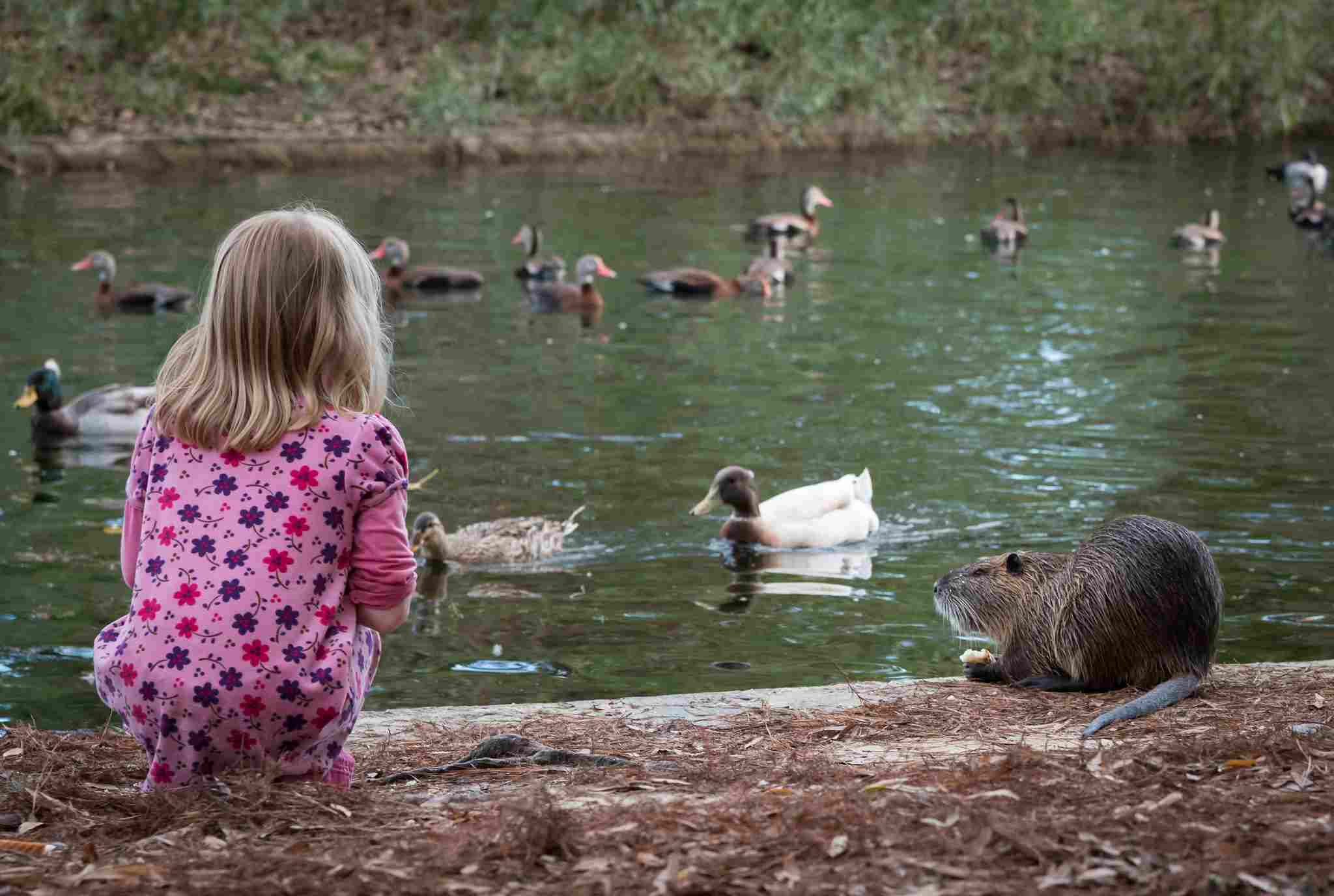
Groundhog:
Generally shy but can become accustomed to human presence, especially in suburban areas.
May retreat to burrows or emit warning sounds if threatened.
Nutria Rat:
Can display aggressive behavior if cornered or feel threatened.
May cause damage to crops and vegetation in human-inhabited areas.
Comparison: Nutria rats may exhibit more aggressive behavior compared to groundhogs when interacting with humans.
Ecological Implications: Behavior toward humans influences the perception and management of these species, affecting coexistence and potential conflicts.
22. Danger Posed to Humans:
Groundhog:
Generally poses minimal danger to humans.
Rare cases of bites or scratches may occur if individuals feel threatened.
Nutria Rat:
Can pose a danger if cornered or provoked, potentially leading to bites or scratches.
May cause damage to crops and vegetation, impacting human interests.
Comparison: Nutria rats have a higher potential to pose danger to humans, especially in situations of confrontation.
Ecological Implications: Human encounters can influence the perception of these species, affecting local attitudes and conservation efforts.
23. Associated Precautions:
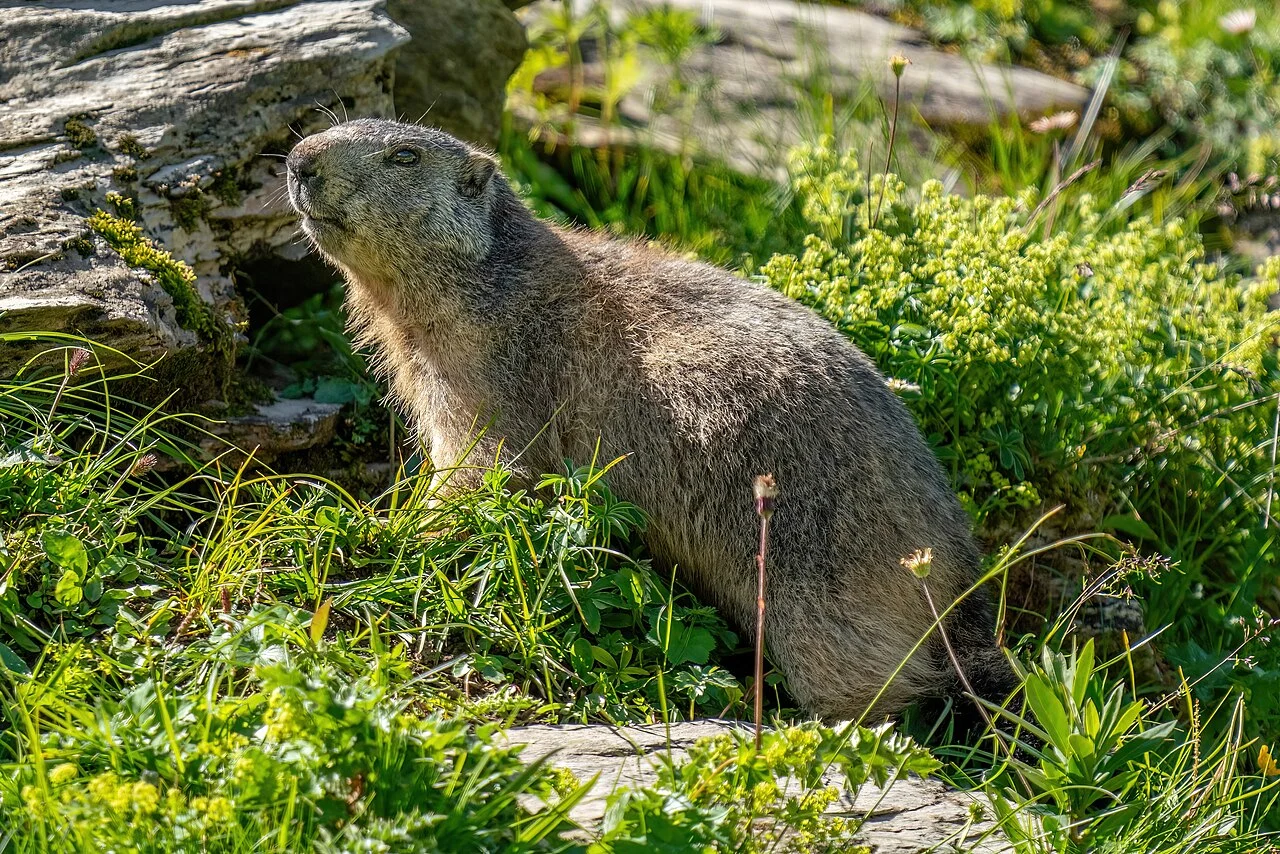
Groundhog:
Avoid provoking or cornering them.
Implement measures to deter burrowing near structures if deemed problematic.
Nutria Rat:
Exercise caution in areas where nutria rats are present, especially if they exhibit aggressive behavior.
Implement strategies to manage and control populations in areas of concern.
Comparison: Precautions for nutria rats may involve more proactive measures due to their potential for aggression and habitat impact.
Ecological Implications: Human precautions contribute to the coexistence and management of these species within human-inhabited areas.
24. Conservation Status:
Groundhog:
Generally, groundhog populations are stable.
No significant conservation concerns.
Nutria Rat:
Considered an invasive species in some regions, leading to concerns about ecosystem disruption.
Conservation efforts may focus on population control in non-native habitats.
Comparison: While groundhogs face minimal conservation concerns, nutria rats may be subject to management strategies due to their invasive nature.
Ecological Implications: Conservation status reflects the impact of these species on local ecosystems and the need for intervention to maintain ecological balance.
*Summary of Comparison
Appearance:
Groundhogs: Stocky build, brown fur.
Nutria Rats: Sleek, dark brown fur, streamlined body.
Size:
Groundhogs: 16-26 inches.
Nutria Rats: 17-25 inches.
Weight:
Groundhogs: 4-14 pounds.
Nutria Rats: 15-22 pounds.
Dentition:
Groundhogs: Prominent incisors for herbivorous diet.
Nutria Rats: Orange-colored, large incisors for herbivorous diet.
Physical Offensive Advantages:
Groundhogs: Sharp claws, strong limbs for digging.
Nutria Rats: Strong hind limbs, sharp claws for digging and swimming.
Physical Defensive Advantages:
Groundhogs: Retreats to burrow, warning sounds.
Nutria Rats: Agile in water, defensive bites.
Speed:
Groundhogs: 5-10 mph.
Nutria Rats: 3-6 mph in water.
Agility:
Groundhogs: Agile on land.
Nutria Rats: Highly agile in water.
Senses:
Both have excellent hearing and smell; groundhogs emphasize vision.
Overall Physical Capacity:
Groundhogs: Terrestrial, limited swimming.
Nutria Rats: Terrestrial and aquatic, efficient swimmers.
Habitat Preference(s) and Geographic Region:
Groundhogs: Open woodlands, North America.
Nutria Rats: Wetlands, global in temperate regions.
Tracks:
Groundhogs: Clawed tracks.
Nutria Rats: Webbed tracks near water.
Lifespan:
Groundhogs: 2-5 years.
Nutria Rats: 5-10 years.
Mode of Feeding:
Both herbivores; groundhogs on land, nutria rats on aquatic plants.
Intelligence:
Groundhogs: Moderate intelligence.
Nutria Rats: Considered intelligent.
Social Behavior:
Groundhogs: Solitary.
Nutria Rats: More social, forming family groups.
Mode of Reproduction:
Groundhogs: Polygynous, shorter gestation.
Nutria Rats: Monogamous or polygamous, longer gestation.
Parental Behavior:
Groundhogs: Female raises offspring independently.
Nutria Rats: Both parents contribute to care.
Proximity to Human-Inhabited Areas:
Both adapt to human presence; groundhogs in suburban areas, nutria rats near urban areas.
Behavior Toward Humans:
Groundhogs: Generally shy.
Nutria Rats: Can be aggressive.
Danger Posed to Humans:
Groundhogs: Minimal danger.
Nutria Rats: Higher potential for danger.
Associated Precautions:
Precautions for nutria rats may involve more proactive measures.
Conservation Status:
Groundhogs generally stable; nutria rats may be invasive, requiring management.
Conclusion
I). Similarities:
Both groundhogs and nutria rats are herbivores.
They adapt to human-inhabited areas, posing some challenges.
II). Differences:
Nutria rats have a longer lifespan and can be more aggressive.
Groundhogs are adapted for terrestrial life, while nutria rats excel in both terrestrial and aquatic environments.
